An exceptionally fine and rare early 18th-Century South German gilded and silvered brass Mechanical Universal Equinoctial Dial, signed at the lower edge of the chapter ring Godfrid Weÿs , the base plate -- 15 x 10.4cm. (5 7/8 x 4 1/8in.), 0.35cm. (5/32in.) thick See Front Cover and Colour Illustrations The mechanical dial appeared during the late seventeenth century, and on it were shown hours and minutes by means of geared pointers. There is no gnomon in the usual sense of a caster of shadows, its place being taken by a radial pointer fitted with a foresight and a backsight. In some respects it has similarities with the common universal equinoctial dial, the universal inclining dial and the equinoctial dial. The construction of the present instrument is as follows: the base plate has three supports, a single fixed peg at the middle of one side and two pegs at the corners of the opposite side on threaded rods with large turned knobs. To check the level, there is a plummet hanging in an ornate A-frame fixed to the plate by a threaded rod and a square nut. Running half the length of the axis of the plate is a slot in which slides a stud held in place by a small butterfly nut. At either side of the slot is a non-linear scale of degrees. One side is marked: Elevatio.Poli. (30°-60°); the opposite side: Elevatio.Æquatoris. (60°-30°). One side gives the latitude, the other the co-latitude. On the Polar axis is fixed a circular gilded brass disc with gear teeth on the outside, part filigree central area, and a silver hinge to the base plate. Below the disc is a stirrup-shaped bracket, the foot of which engages with a notch in the stud that gives the latitude setting. On top of this disc is the silver chapter ring, and above this is the radial arm, with a pointer over the hour scale (divided in ¼ hours) at one end and a pinion at the other, which turns the silver minute wheel, divided in 60 minutes, labelled in fives. Fixed to the radial pointer, and rotating with it about the Polar axis, is the Solar Declination scale. This is a fretted segment, the arc of which runs between the Summer Solstice and the Winter Solstice, the scale of 47° divided to 2° (except near the Solstices) on the side bearing the sigils of the Zodiac, and to two days (except near the Solstices) on the side bearing the initials of the months, each month having 30 [ sic ] days. From the centre of the arc rotates an index arm which has a fiducial marker that moves in a slot in the Declination scale to set the time of year. At the arc end of the index is a vane with four very small holes formed in a cross through which sunlight passes to four corresponding depressions (not holes) on a vane set by the point of rotation. The true setting is then at the point when the Sun's beams fall into the holes. This makes the dial universal, so it does not require a magnetic compass for orientation. The earlier mechanical dials, without the Solar Declination scale, are provided with a compass. The readily visible surfaces are decorated with fretted floral patterns, scrolls, and nets. The under part of the hour disc is plain, but gilded, the under side of the plate is plain and not gilded. The craftsman has shown considerable skill in fabricating this instrument.
An exceptionally fine and rare early 18th-Century South German gilded and silvered brass Mechanical Universal Equinoctial Dial, signed at the lower edge of the chapter ring Godfrid Weÿs , the base plate -- 15 x 10.4cm. (5 7/8 x 4 1/8in.), 0.35cm. (5/32in.) thick See Front Cover and Colour Illustrations The mechanical dial appeared during the late seventeenth century, and on it were shown hours and minutes by means of geared pointers. There is no gnomon in the usual sense of a caster of shadows, its place being taken by a radial pointer fitted with a foresight and a backsight. In some respects it has similarities with the common universal equinoctial dial, the universal inclining dial and the equinoctial dial. The construction of the present instrument is as follows: the base plate has three supports, a single fixed peg at the middle of one side and two pegs at the corners of the opposite side on threaded rods with large turned knobs. To check the level, there is a plummet hanging in an ornate A-frame fixed to the plate by a threaded rod and a square nut. Running half the length of the axis of the plate is a slot in which slides a stud held in place by a small butterfly nut. At either side of the slot is a non-linear scale of degrees. One side is marked: Elevatio.Poli. (30°-60°); the opposite side: Elevatio.Æquatoris. (60°-30°). One side gives the latitude, the other the co-latitude. On the Polar axis is fixed a circular gilded brass disc with gear teeth on the outside, part filigree central area, and a silver hinge to the base plate. Below the disc is a stirrup-shaped bracket, the foot of which engages with a notch in the stud that gives the latitude setting. On top of this disc is the silver chapter ring, and above this is the radial arm, with a pointer over the hour scale (divided in ¼ hours) at one end and a pinion at the other, which turns the silver minute wheel, divided in 60 minutes, labelled in fives. Fixed to the radial pointer, and rotating with it about the Polar axis, is the Solar Declination scale. This is a fretted segment, the arc of which runs between the Summer Solstice and the Winter Solstice, the scale of 47° divided to 2° (except near the Solstices) on the side bearing the sigils of the Zodiac, and to two days (except near the Solstices) on the side bearing the initials of the months, each month having 30 [ sic ] days. From the centre of the arc rotates an index arm which has a fiducial marker that moves in a slot in the Declination scale to set the time of year. At the arc end of the index is a vane with four very small holes formed in a cross through which sunlight passes to four corresponding depressions (not holes) on a vane set by the point of rotation. The true setting is then at the point when the Sun's beams fall into the holes. This makes the dial universal, so it does not require a magnetic compass for orientation. The earlier mechanical dials, without the Solar Declination scale, are provided with a compass. The readily visible surfaces are decorated with fretted floral patterns, scrolls, and nets. The under part of the hour disc is plain, but gilded, the under side of the plate is plain and not gilded. The craftsman has shown considerable skill in fabricating this instrument.
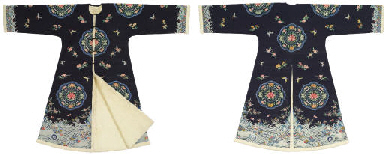
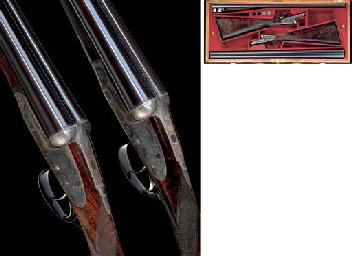
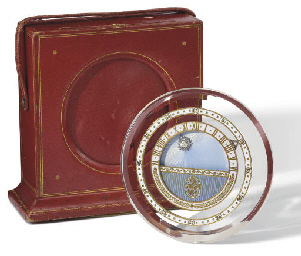
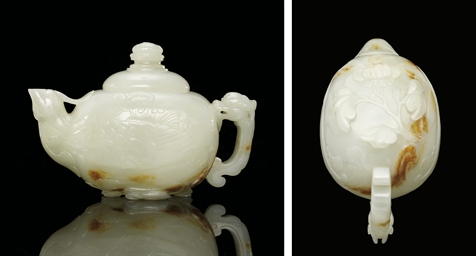

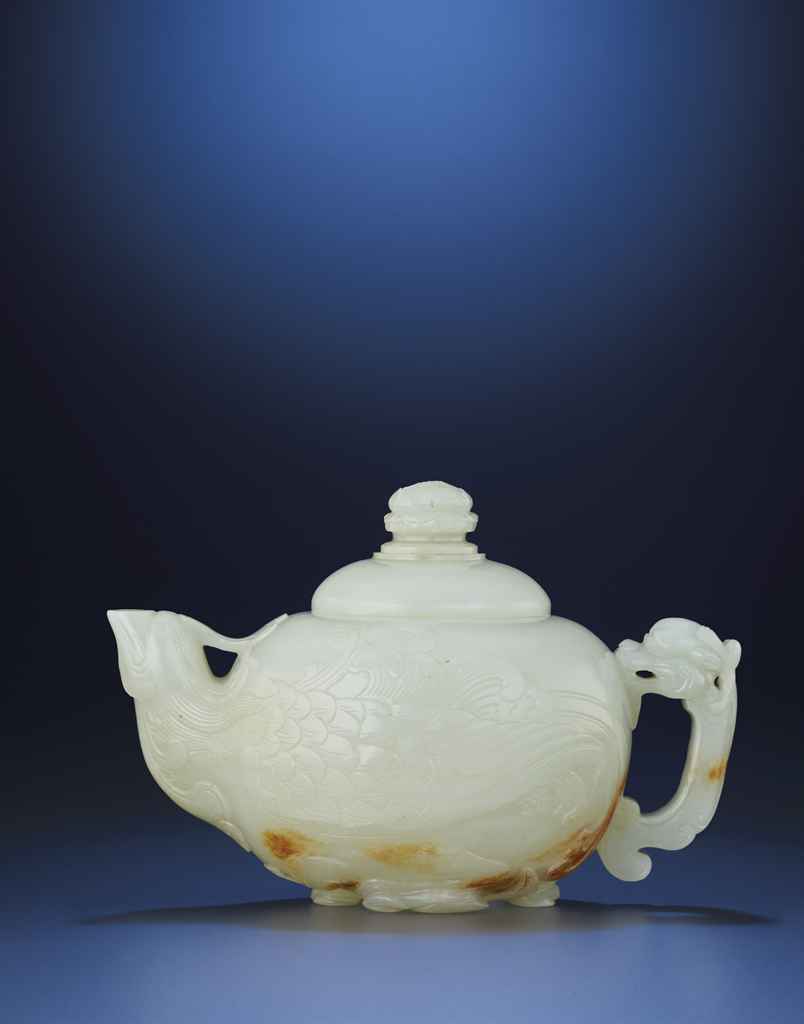
.jpg)
.jpg)
.jpg)
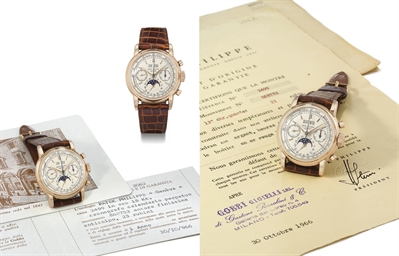
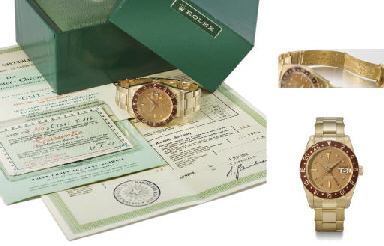

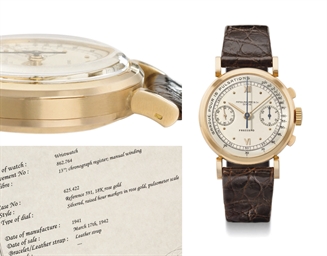
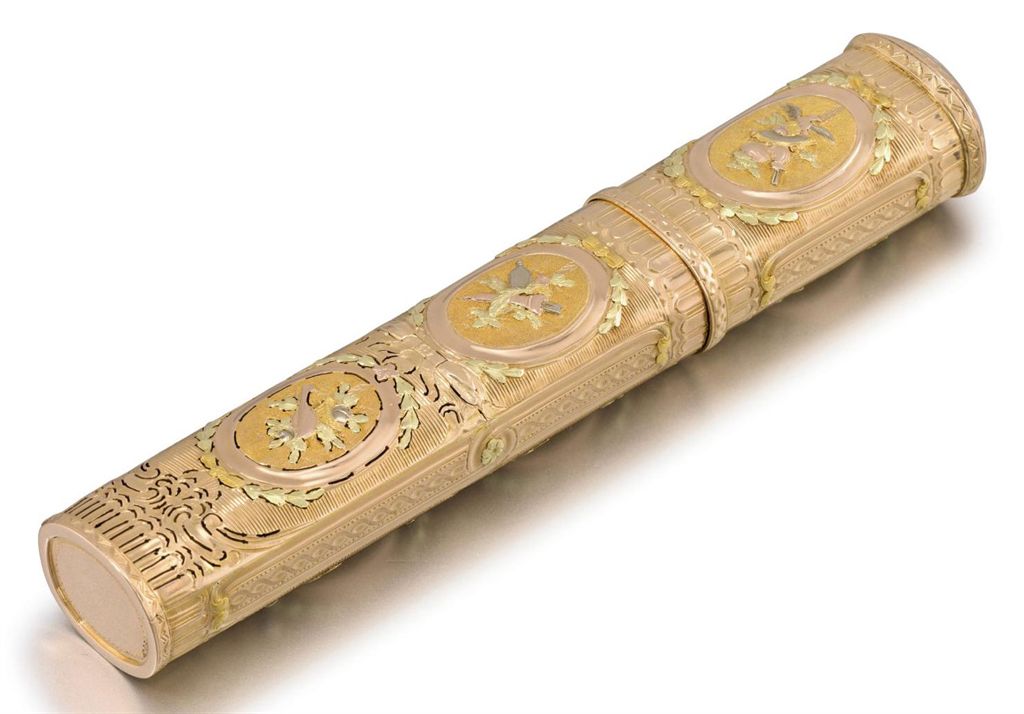
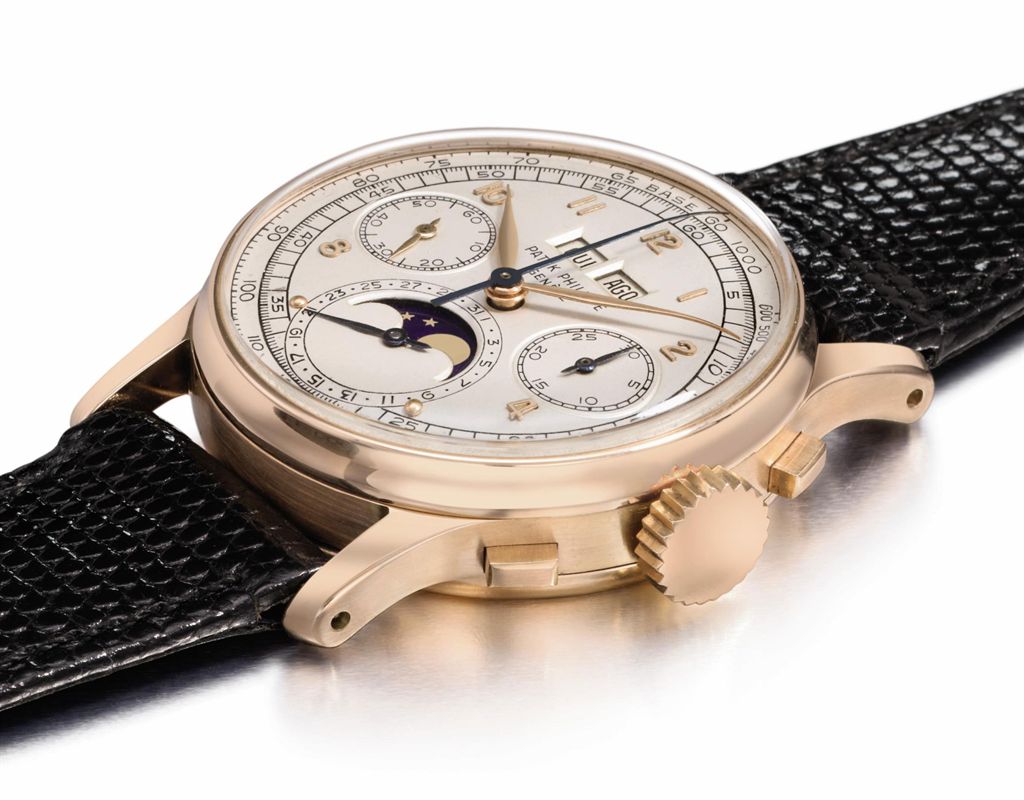
Try LotSearch and its premium features for 7 days - without any costs!
Be notified automatically about new items in upcoming auctions.
Create an alert